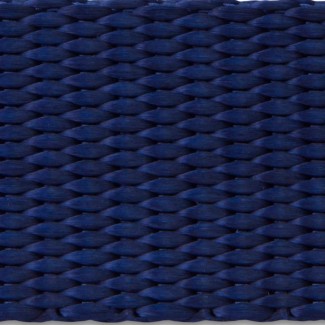- Local: (516) 346-4636
- Toll-Free: (800) 886-6060
- Fax: (516) 346-4366
- Email: kflynn@nationalwebbing.com
Webbing is a material consisting of woven
fabrics of different organic and synthetic materials. The material choice is
one of the most important factors for determining characteristic traits, but it
is important for individuals to consider width and strength variations.
Although they are not the same, webbing is often compared to rope. Webbing is
highly versatile, and so it is used in a wide array of industries and
applications. It is used to create military gear/apparel and automotive parts.
Webbing is used for many standard industry applications, which include:
There are many materials used to create webbing, but there are two that are the most common.
Nylon Webbing – this material is a high-strength elastic material commonly used for flat belt construction. When wet. The material strength is roughly 2% of the length of the original webbing. It is important to remember that nylon webbing should not be exposed to significant amounts of water. Because nylon absorbs liquid, it is common for excessive exposure to moisture to engender mildew. The problem can be avoided if the webbing is properly maintained.
Poly Webbing – poly webbing comes in two forms: polypropylene and polyester. Polyester is similar in look to nylon, but polyester is ideal for lifting heavy loads. The material is also better at resisting mildew when compared to nylon. Polypropylene webbing is often used for outdoor applications. This poly webbing has similar characteristics as nylon, but it is lighter and has stronger UV and water resistance.